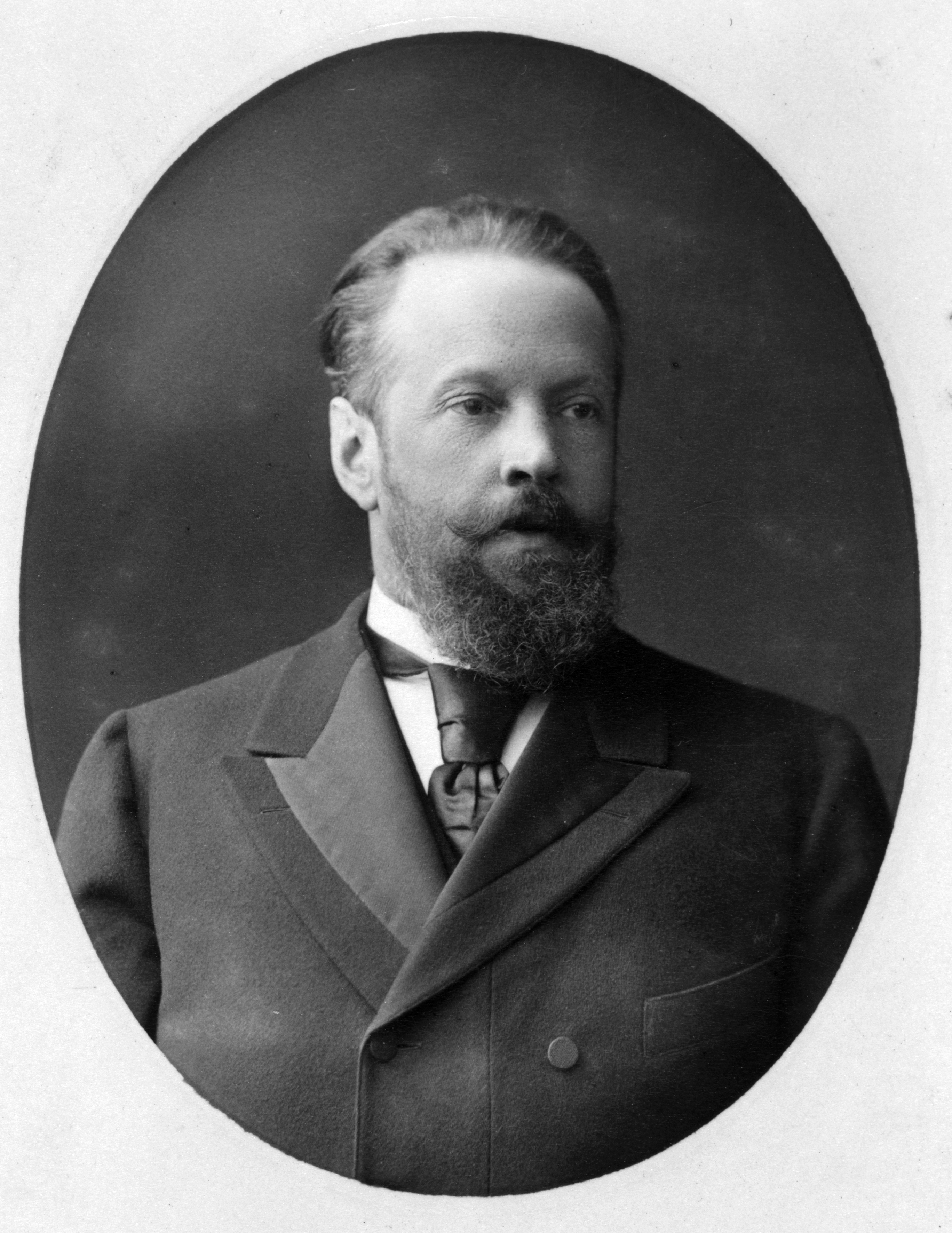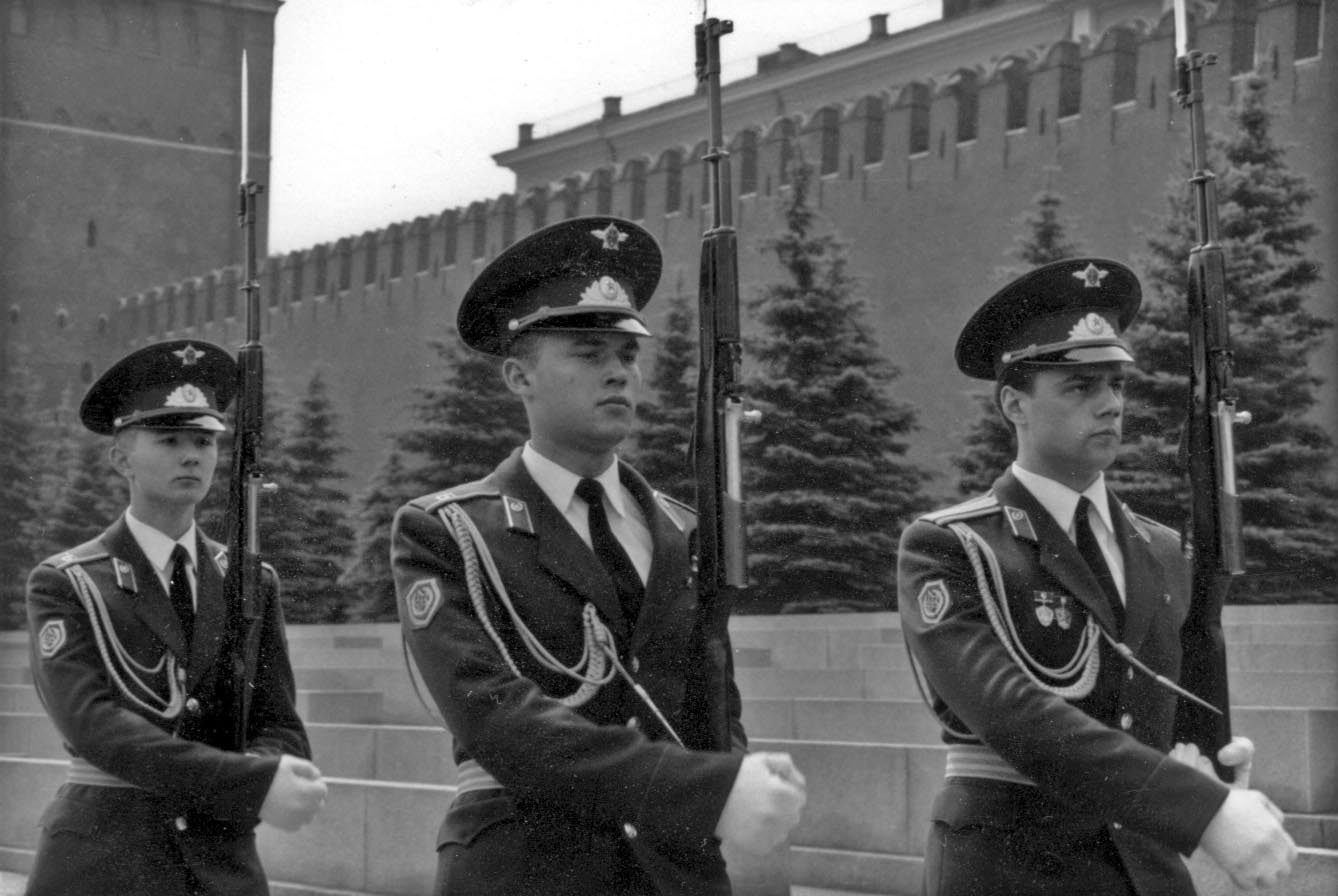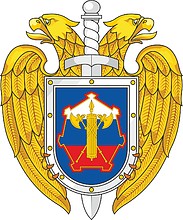|
Mikhail Kasyanov
Mikhail Mikhailovich Kasyanov ( rus, link=no, Михаи́л Миха́йлович Касья́нов, , mʲɪxɐˈil mʲɪˈxajləvʲɪtɕ kɐˈsʲjanəf; born 8 December 1957) is a Russian politician who served as Prime Minister of Russia from 2000 to 2004. Previously, he had served as First Deputy Prime Minister in 2000 and Minister of Finance from 1999 to 2000. During the 1990s, he worked in President Boris Yeltsin's administration in different positions before joining President Vladimir Putin's first administration. Since leaving the government over disagreements on economic policy, he has become one of the leading critics of President Putin and an opposition leader. In 2008, Kasyanov was a candidate in the election of President of Russia but in the middle of the campaign was denied participation on political grounds. In 2010, he co-founded the coalition People's Freedom Party "For Russia without Lawlessness and Corruption" and became one of the leaders of the People's ... [...More Info...] [...Related Items...] OR: [Wikipedia] [Google] [Baidu] |
Prime Minister Of Russia
The chairman of the government of the Russian Federation, also informally known as the prime minister, is the nominal head of government of Russia. Although the post dates back to 1905, its current form was established on 12 December 1993 following the introduction of a new constitution. Due to the central role of the president of Russia in the political system, the activities of the executive branch (including the prime minister) are significantly influenced by the head of state (for example, it is the president who appoints and dismisses the prime minister and other members of the government; the president may chair the meetings of the cabinet and give obligatory orders to the prime minister and other members of the government; the president may also revoke any act of the government). The use of the term ''prime minister'' is strictly informal and is never used in the constitution. Mikhail Mishustin is the current prime minister. He was appointed on 16 January 2020 after ... [...More Info...] [...Related Items...] OR: [Wikipedia] [Google] [Baidu] |
People's Freedom Party (Russia)
The People's Freedom Party (russian: Партия народной свободы, Partiya narodnoy svobody) or shortly PARNAS (russian: ПАРНАС), formerly Republican Party of Russia – People's Freedom Party, initially Republican Party of Russia, is a liberal-democratic political party in Russia. It was one of the first opposition parties founded in the final years of the Soviet Union. In 2007, it was denied re-registration and declared to be dissolved by the Russian Supreme Court. It was only after the European Court of Human Rights ruled that the denial of registration was unlawful that it could restore its official registration in May 2012. History Formation and early developments (1990–2006) The Republican Party of Russia was founded in 1990 by members of the Democratic Platform of the CPSU who had become disillusioned with the party's unwillingness to reform. The foundation of the new party took place in November 1990. Nikolay Lysenko, Stepan Sulakshin and Vyac ... [...More Info...] [...Related Items...] OR: [Wikipedia] [Google] [Baidu] |
Gosplan
The State Planning Committee, commonly known as Gosplan ( rus, Госплан, , ɡosˈpɫan), was the agency responsible for central economic planning in the Soviet Union. Established in 1921 and remaining in existence until the dissolution of the Soviet Union in 1991, Gosplan had as its main task the creation and administration of a series of five-year plans governing the economy of the USSR. History Economic background The time of the October Revolution and the Russian Civil War which followed was a period of virtual economic collapse. Production and distribution of necessary commodities were severely tested as factories were shuttered and major cities such as Petrograd (now Saint Petersburg) were depopulated, with urban residents returning to the countryside to claim a place in land redistribution and in order to avoid the unemployment, lack of food, and lack of fuel which had become endemic. By 1919 hyperinflation had emerged, further pushing the struggling economic sys ... [...More Info...] [...Related Items...] OR: [Wikipedia] [Google] [Baidu] |
Federal Protective Service (Russia)
The Federal Protective Service, or the Federal Guard Service (russian: Федеральная служба охраны, ФСО, Federalnaya sluzhba okhrany, FSO) of the Russian Federation, official name in English Federal Guard Service of the Russian Federation, is a federal government agency concerned with the tasks related to the protection of several high-ranking state officials, mandated by the relevant law, including the President of Russia, as well as certain federal properties. It traces its origin to the USSR's Ninth Chief Directorate of the KGB and later Presidential Security Service (SBP) led by KGB general Alexander Korzhakov. On May 27, 1996, the law "On State Protection" reorganized the GUO (Glavnoye Upravlenie Okhrani) into the FSO (Federal Protection Service). Under article 7 of the law, "the President of the Russian Federation, while in office, shall not be allowed to forgo state protection." FSO includes the Russian Presidential Security Service. This president ... [...More Info...] [...Related Items...] OR: [Wikipedia] [Google] [Baidu] |
Kremlin Regiment
The Kremlin Regiment (russian: Кремлёвский полк, Kremlyovskiy polk), also called the Presidential Regiment (russian: Президентский полк, Prezidentskiy polk), is a unique military regiment and part of the Russian Federal Protective Service with the status of a special unit. The regiment ensures the security of the Kremlin, its treasures, and state officials. In accordance with the federal law of December 8, 1997 "On Immortalizing the Soviet People’s Victory in the Great Patriotic War of 1941–1945", the regiment also maintains a guard of honor (russian: Почётный караул) at the eternal flame of the Tomb of the Unknown Soldier. The regiment is housed in the historic Kremlin Arsenal. History When the leaders of the Soviet Union moved from Petrograd to the Moscow Kremlin in early 1918, their protection was entrusted to the Red Latvian Riflemen, under the command of the Commandant of the Kremlin Garrison. In September 1918, the Lat ... [...More Info...] [...Related Items...] OR: [Wikipedia] [Google] [Baidu] |
Commandant's Office Of The Moscow Kremlin
The Commandant's Office of the Moscow Kremlin () is an administration unit of the Federal Protective Service of Russia. Its duties include inspecting visitors to the Kremlin and providing security to the Kremlin interior and buildings exterior from the Kremlin Wall such as Lenin's Mausoleum. It is also responsible for keeping the order among servicemen of Moscow Garrison organizing parades in the national capital. Internally, has authority over the operation of certain Kremlin museums. The Commandant of the Moscow Kremlin is the operational head of the office. It has direct control over the Kremlin Regiment, which notable maintains a permanent honor guard (russian: Почётный караул) at the eternal flame of the Tomb of the Unknown Soldier. History In 1918, the new leadership of the RSFSR moved to the Moscow Kremlin, the protection of which was immediately carried out by the commandant's office of the Moscow Kremlin. Until January 1936, the office was not included in ... [...More Info...] [...Related Items...] OR: [Wikipedia] [Google] [Baidu] |
Guard Of Honour
A guard of honour ( GB), also honor guard ( US), also ceremonial guard, is a group of people, usually military in nature, appointed to receive or guard a head of state or other dignitaries, the fallen in war, or to attend at state ceremonials, especially funerals. In military weddings, especially those of commissioned officers, a guard, composed usually of service members of the same branch, form the Saber arch. In principle any military unit could act as a guard of honour. However, in some countries certain units are specially designated to serve as a guard of honour, as well as other public duties. Guards of honour also serve in the civilian world for fallen police officers and other civil servants. Certain religious bodies, especially churches of the Anglican Communion and the Methodist movement, have the tradition of an honour guard at the funeral of an ordained elder, in which all other ordained elders present "guard the line" between the door of the church and the grave ... [...More Info...] [...Related Items...] OR: [Wikipedia] [Google] [Baidu] |
Soviet Army
uk, Радянська армія , image = File:Communist star with golden border and red rims.svg , alt = , caption = Emblem of the Soviet Army , start_date = 25 February 1946 , country = (1946–1991)' (1991–1992) , branch = , type = Army , role = Land warfare , size = 3,668,075 active (1991) 4,129,506 reserve (1991) , command_structure = , garrison = , garrison_label = , nickname = "Red Army" , patron = , motto = ''За нашу Советскую Родину!(Za nashu Sovetskuyu Rodinu!)''"For our Soviet Motherland!" , colors = Red and yellow , colors_label = , march ... [...More Info...] [...Related Items...] OR: [Wikipedia] [Google] [Baidu] |
World War II
World War II or the Second World War, often abbreviated as WWII or WW2, was a world war that lasted from 1939 to 1945. It involved the vast majority of the world's countries—including all of the great powers—forming two opposing military alliances: the Allies and the Axis powers. World War II was a total war that directly involved more than 100 million personnel from more than 30 countries. The major participants in the war threw their entire economic, industrial, and scientific capabilities behind the war effort, blurring the distinction between civilian and military resources. Aircraft played a major role in the conflict, enabling the strategic bombing of population centres and deploying the only two nuclear weapons ever used in war. World War II was by far the deadliest conflict in human history; it resulted in 70 to 85 million fatalities, mostly among civilians. Tens of millions died due to genocides (including the Holocaust), starvation, massa ... [...More Info...] [...Related Items...] OR: [Wikipedia] [Google] [Baidu] |
Red Army
The Workers' and Peasants' Red Army ( Russian: Рабо́че-крестья́нская Кра́сная армия),) often shortened to the Red Army, was the army and air force of the Russian Soviet Federative Socialist Republic and, after 1922, the Union of Soviet Socialist Republics. The army was established in January 1918. The Bolsheviks raised an army to oppose the military confederations (especially the various groups collectively known as the White Army) of their adversaries during the Russian Civil War. Starting in February 1946, the Red Army, along with the Soviet Navy, embodied the main component of the Soviet Armed Forces; taking the official name of "Soviet Army", until its dissolution in 1991. The Red Army provided the largest land force in the Allied victory in the European theatre of World War II, and its invasion of Manchuria assisted the unconditional surrender of Imperial Japan. During operations on the Eastern Front, it accounted for 75–80% of cas ... [...More Info...] [...Related Items...] OR: [Wikipedia] [Google] [Baidu] |
The Other Russia (coalition)
The Other Russia (russian: Другая Россия; ''Drugaya Rossiya''), sometimes cited as Another Russia, was an umbrella coalition (2006–2008/2009/2010) that gathered opponents of President Vladimir Putin and was known as an organizer of Dissenters' Marches. The coalition brought together representatives from a wide variety of political and human rights movements, liberals, nationalists, socialists and communists (though the CPRF was absent), as well as individual citizens. The last Dissenters' March took place in 2008. The group included both far left, centre, and far right opposition leaders as well as mainstream liberals such as former world chess champion and United Civil Front leader Garry Kasparov (in 2006–2007), the radical National Bolshevik Party leader Eduard Limonov, and the far-left Vanguard of Red Youth. [...More Info...] [...Related Items...] OR: [Wikipedia] [Google] [Baidu] |
2011–2013 Russian Protests
The 2011–2013 Russian protests, which some English language media referred to as the Snow Revolution, began in 2011 (as protests against the 2011 Russian legislative election results) and continued into 2012 and 2013. The protests were motivated by claims by Russian and foreign journalists, political activists and members of the public that the election process was fraudulent. The Central Election Commission of Russia stated that only 11.5% of official reports of fraud could be confirmed as true. On 10 December 2011, after a week of small-scale demonstrations, Russia saw some of the biggest protests in Moscow since the 1990s. The focus of the protests have been the ruling party, United Russia, and its leader Vladimir Putin, the current president, previous prime minister, and previous two-term president, who announced his intention to run again for President in 2012. Another round of large protests took place on 24 December 2011. These protests were named "For Fair Elections" () ... [...More Info...] [...Related Items...] OR: [Wikipedia] [Google] [Baidu] |


%2C_Scientist_and_Co-worker_with_Lenin_(Birth_Centenary)).jpg)


.jpg)



.png)